

Matt Campbell
2026 Hyundai Tucson Hybrid review
57 Minutes Ago

Contributor
Renault wants to slash the cost of entry to electric vehicles.
The CMF-BEV platform is designed for Volkswagen Polo-sized cars (B-segment, or light), and promises to cut the price of new electric cars by one third.
Using the Renault Zoe hatchback as a guide, Renault electric hatches could cost as little as $33,000 if they come to Australia – and below $30,000 when certain state-specific incentives are taken into account.
Range on the tough WLTP test cycle will top out at 400km on the new platform.
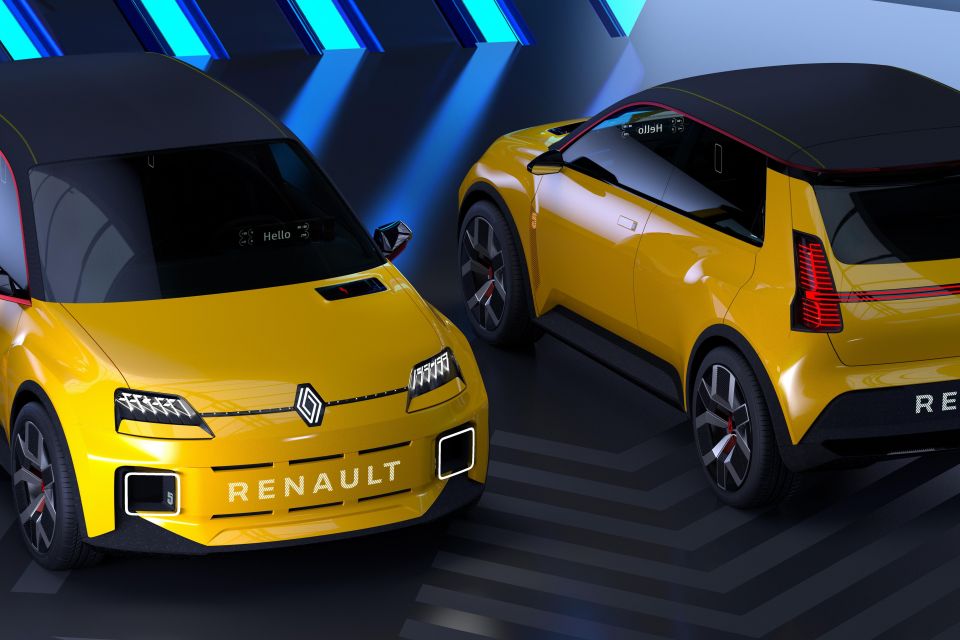
How has Renault managed to make the platform so cheap? It shares bits with the CMF-B platform, which underpins the Renault Captur and Nissan Juke crossovers, and will make use of a new nickel-cobalt-manganese battery pack.
The platform will debut under the retro Renault 5 previewed earlier in 2021.
Renault’s retro revolution won’t end there, though. Along with the 5, the brand’s electric rollout will include the 4-inspired 4ever SUV (leaked in the patent images below), and a new battery-powered van.
Even performance brand Alpine will have access to the new platform. It’s plotting a hot hatch based on the Renault 5, complete with a massive rear wing.
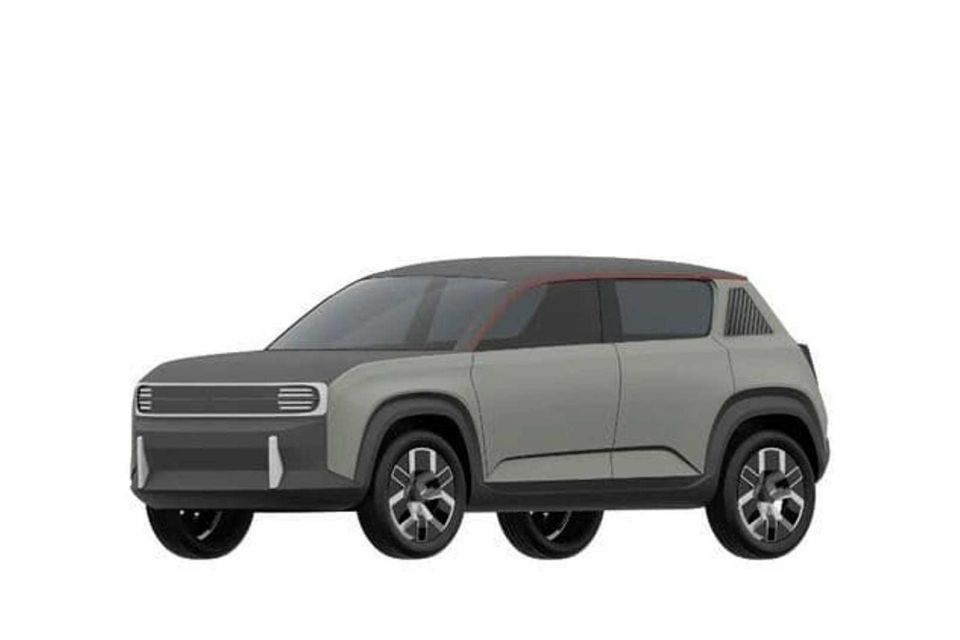
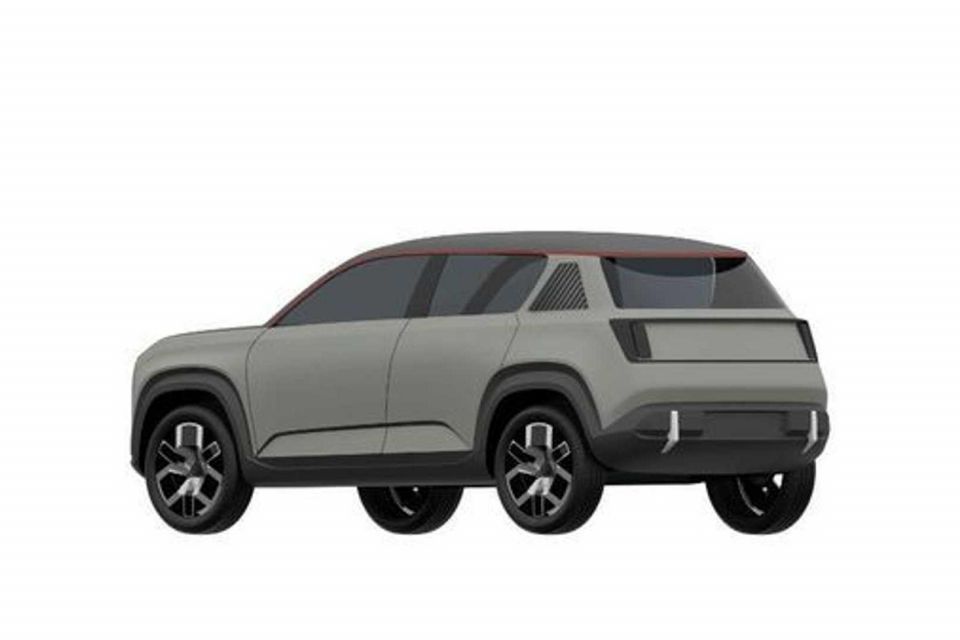
Beyond the CMF-BEV range, Renault is plotting an all-electric MeganE to take on the Volkswagen ID.3 from 2022.
It’ll have a multi-link rear suspension and a quick steering ratio, according to Renault, for sporty handling. It’ll be built on the CMF-EV platform.
These new cars are part of Renault’s plan to have 65 per cent of European sales be electric or partially electrified. By 2030, the brand wants up to 90 per cent of its sales to be fully electric in Europe.
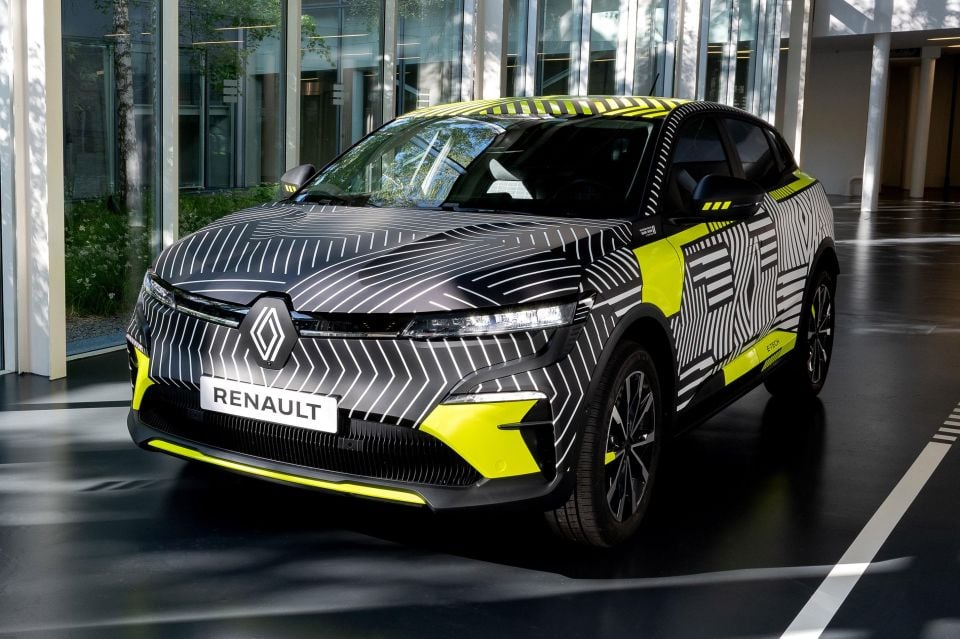
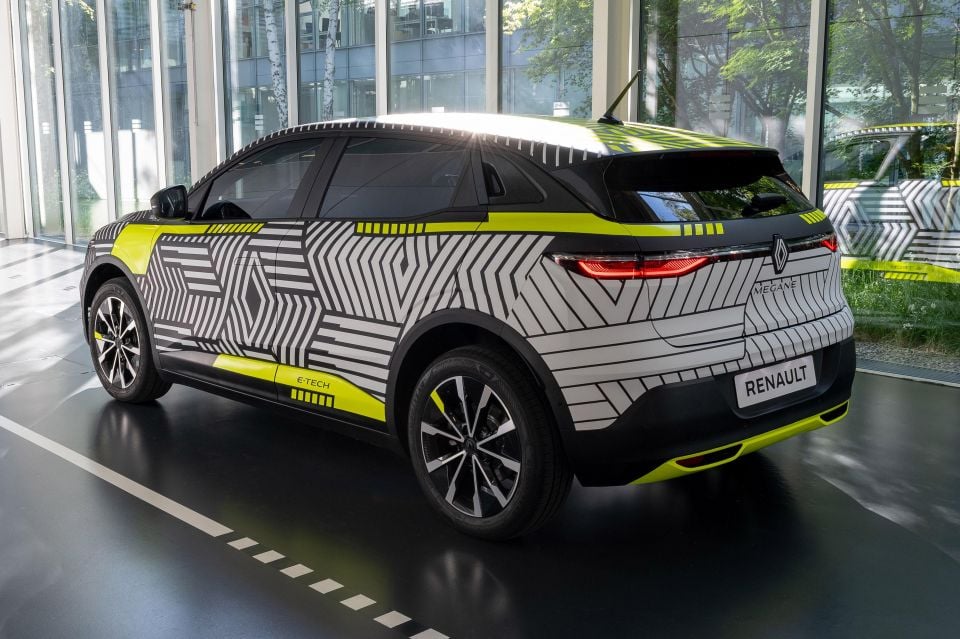
“We want to democratise electric technology,” said Renault CEO Luca de Meo.
Renault earlier this year unveiled a plan to move its focus “from volume to value”.
CEO Luca de Meo outlined his plan to step away from its “immoderate quest for volume” and “unresolved approach to market and brand portfolio management”.
The brand will pull back from its plan to sell five million cars worldwide by 2022, and instead focus on developing and manufacturing cars more efficiently in search of greater profit.
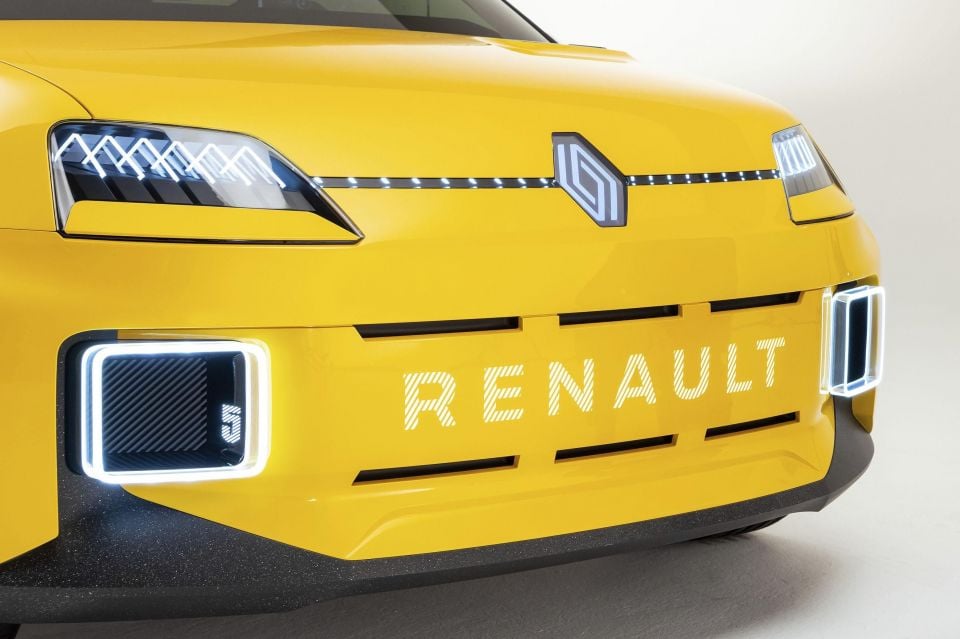
The plan has been broken down into three parts:
In the short term, Renault will look to be more efficient with its model range. The brand’s global range is currently made up of 40 per cent region-specific models, which are more expensive to develop because they require unique parts and supply chains.
It will also look to reduce overlap between its budget Dacia brand and mainstream Renault brand, which sell cars in the same segments at similar price points.

Before 2023 the brand plans to cut the number of global platforms it uses from six to just three shared across the Renault-Nissan-Mitsubishi Alliance: the CMF-B/EV platform, as well as CMF-C/D and the dedicated electric CMF-EV platform.
Renault will also cut the number of engine families from eight to just four in response to the rising costs associated with meeting tough new European emissions standards.
Where expert car reviews meet expert car buying – CarExpert gives you trusted advice, personalised service and real savings on your next new car.
Scott Collie is an automotive journalist based in Melbourne, Australia. Scott studied journalism at RMIT University and, after a lifelong obsession with everything automotive, started covering the car industry shortly afterwards. He has a passion for travel, and is an avid Melbourne Demons supporter.


Matt Campbell
57 Minutes Ago


Max Davies
17 Hours Ago


William Stopford
17 Hours Ago


Derek Fung
17 Hours Ago


Max Davies
1 Day Ago


William Stopford
2 Days Ago